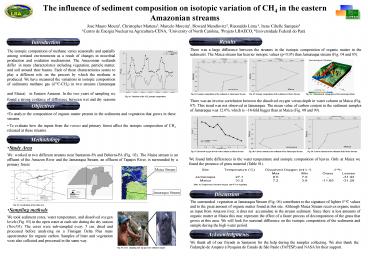Fig. 02: Localization of the study area - PowerPoint PPT Presentation
1 / 1
Title:
Fig. 02: Localization of the study area
Description:
The influence of sediment composition on isotopic variation of CH4 in the eastern Amazonian streams Jos Mauro Moura1, Christopher Martens2, Marcelo Moreira1, Howard ... – PowerPoint PPT presentation
Number of Views:23
Avg rating:3.0/5.0
Title: Fig. 02: Localization of the study area
1
The influence of sediment composition on isotopic
variation of CH4 in the eastern Amazonian streams
José Mauro Moura1, Christopher Martens2, Marcelo
Moreira1, Howard Mendlovitz2, Risonaldo Lima 3,
Irene Cibelle Sampaio4 1Centro de Energia
Nuclear na Agricultura-CENA, 2University of North
Carolina, 3Projeto LBAECO, 4Universidade Federal
do Pará
The isotopic composition of methane varies
seasonally and spatially among wetland
environments as a result of changes in microbial
production and oxidation mechanisms. The
Amazonian wetlands differ in many
characteristics including vegetation, particle
matter, and soil around their basins. Each of
these characteristics seems to play a different
role on the process by which the methane is
produced. We have measured the variations in
isotopic composition of sediments methane gas
(d13C-CH4) in two streams (Jamaraqua and Maica)
in Eastern Amazon. In the two years of sampling
we found a strong evidence of difference between
wet and dry seasons (Fig. 01)
Fig. 01 Variation of the CH4 isotopic
composition
- To analyze the composition of organic matter
present in the sediments and vegetation that
grows in these streams. - To evaluate how the inputs from the varzea and
primary forest affect the isotopic composition of
CH4 released at these streams.
- Study Area
We worked at two different streams near
Santarem-PA and Belterra-PA (Fig. 02). The Maica
stream is an effluent of the Amazon River and
the Jamaraqua Stream, an effluent of Tapajos
River, is surrounded by a primary forest.
Maica Stream
Legend
Jamaraqua Stream
Downtowns
Santarem
Belterra
The surrounded vegetation at Jamaraqua Stream
(Fig. 06) contributes to the signature of lighter
?13C values and to the great amount of organic
matter found at this site. Although Maica Stream
receives organic matter as input from Amazon
river, it does not accumulate in the stream
sediment. Since there is less amounts of organic
matter at Maica this may represent the effect of
a faster process of decomposition of the grass
that grows at this area. We will look for
seasonal difference on the isotopic composition
of the sediments and sample during the high water
period.
__________________________________________________
__________________________________________________
_________________________________________ Fig.
02 Localization of the study area
- Sampling methods
We took sediment cores, water temperature, and
dissolved oxygen levels (Fig. 03) in the open
water at each site during the dry season
(Nov/03). The cores were sub-sampled every 5 cm,
dried and processed before analyzing on a
Finnigan Delta Plus mass spectrometer for organic
carbon. Samples of litter and vegetation were
also collected and processed in the same way.
We thank all of our friends in Santarem for the
help during the samples collecting. We also thank
the Fudanção de Amparo à Pesquisa do Estado de
São Paulo (FAPESP) and NASA for their support.
Fig. 03 Core sampling and top part of a
sediment sample

